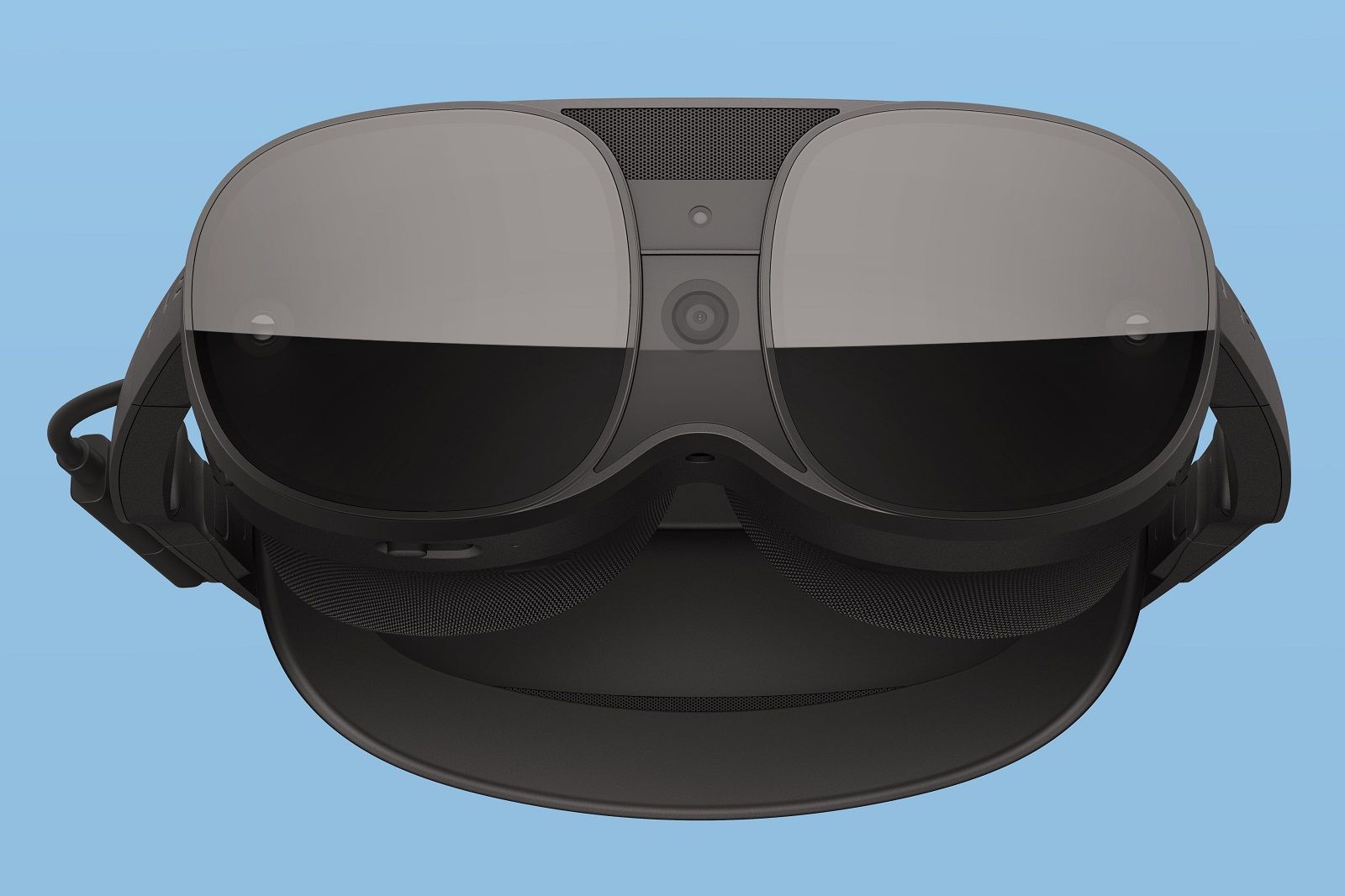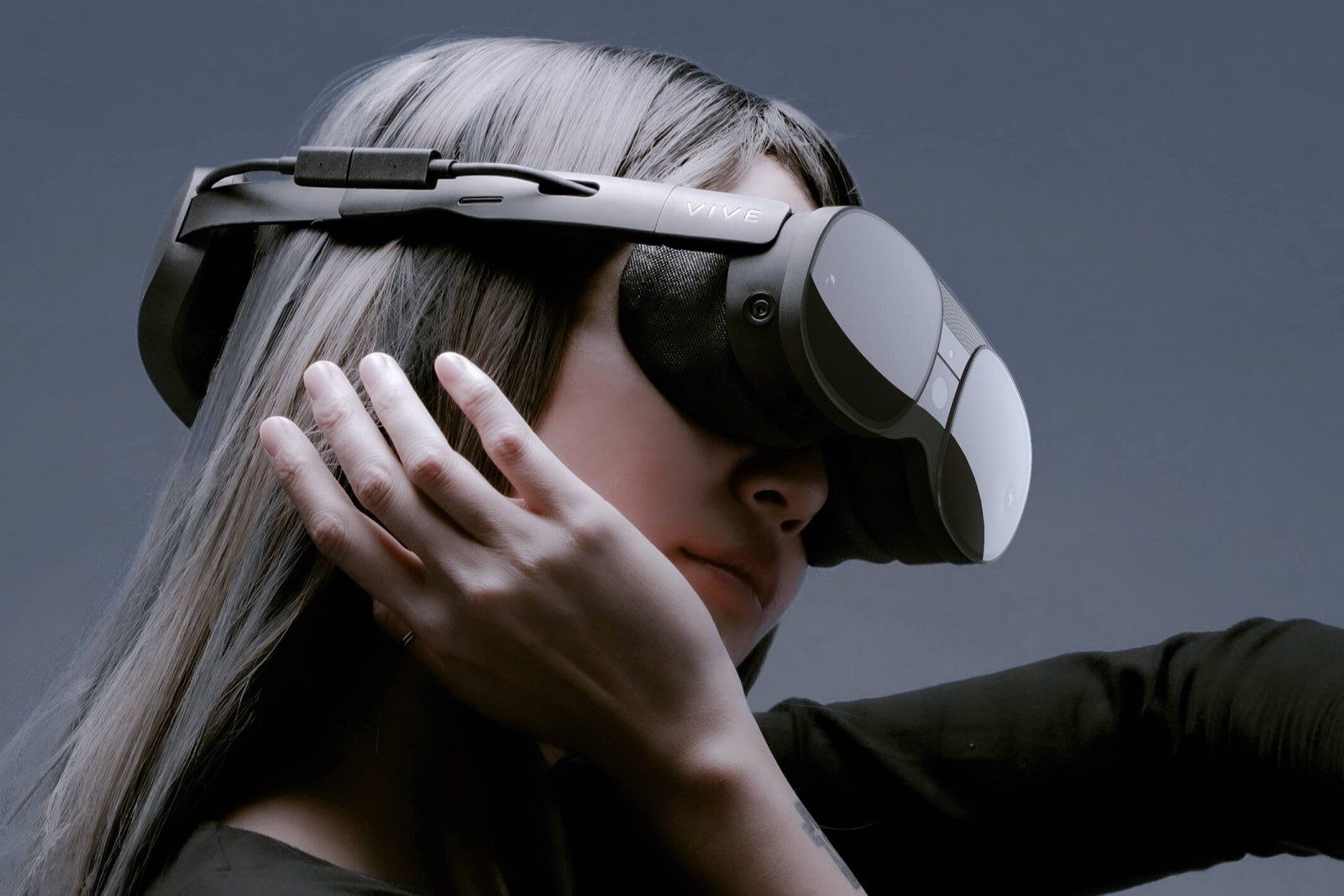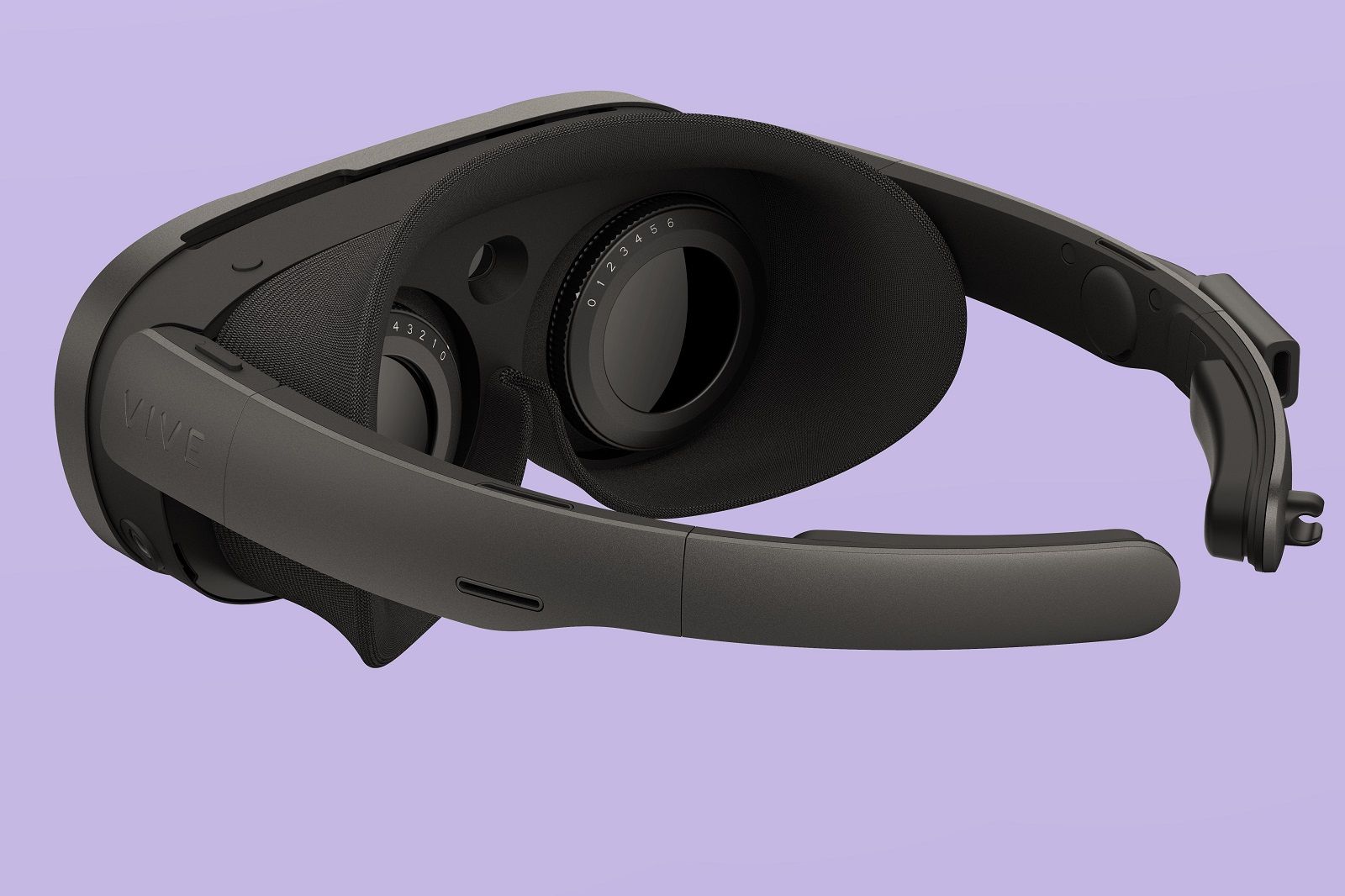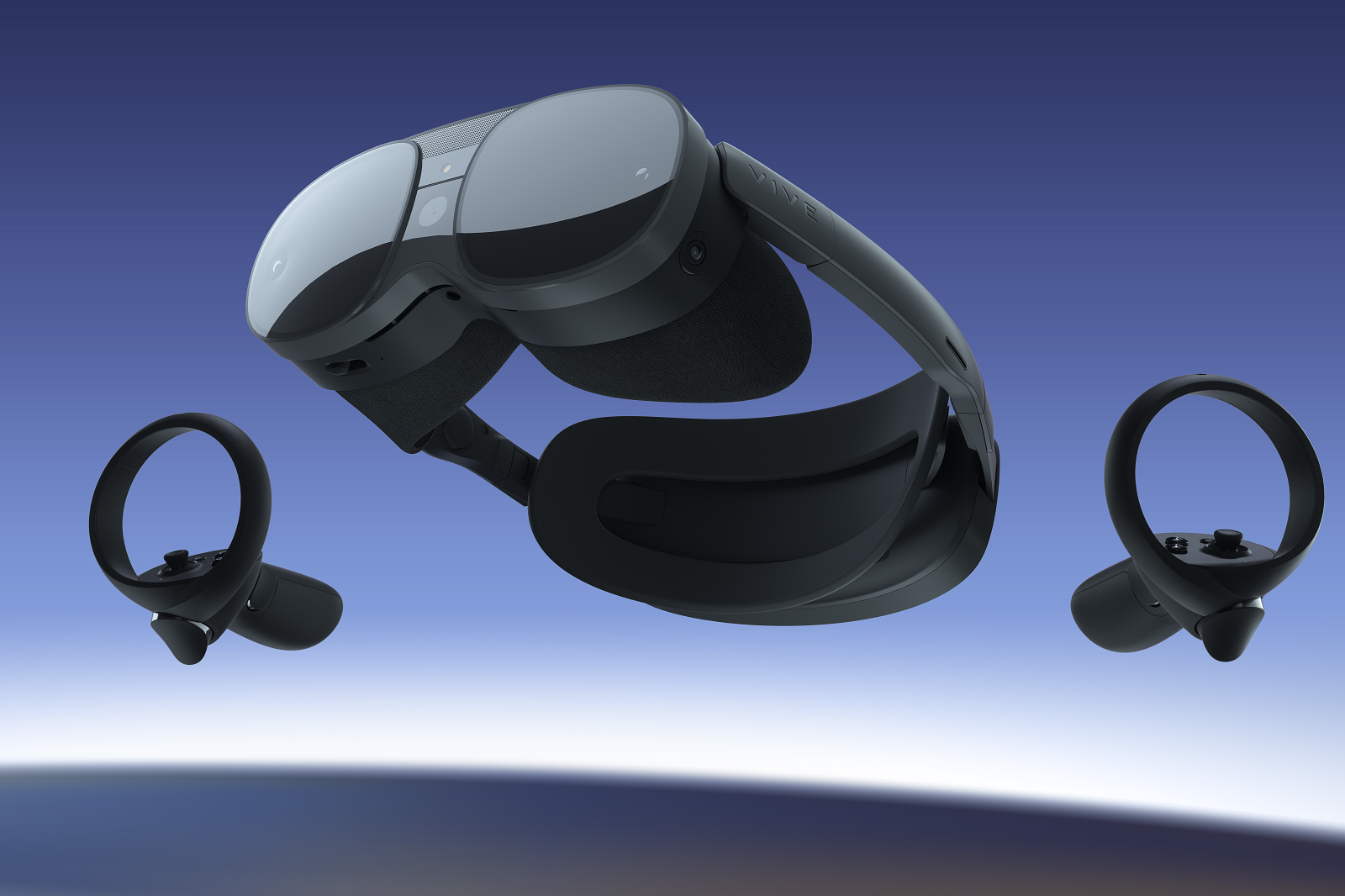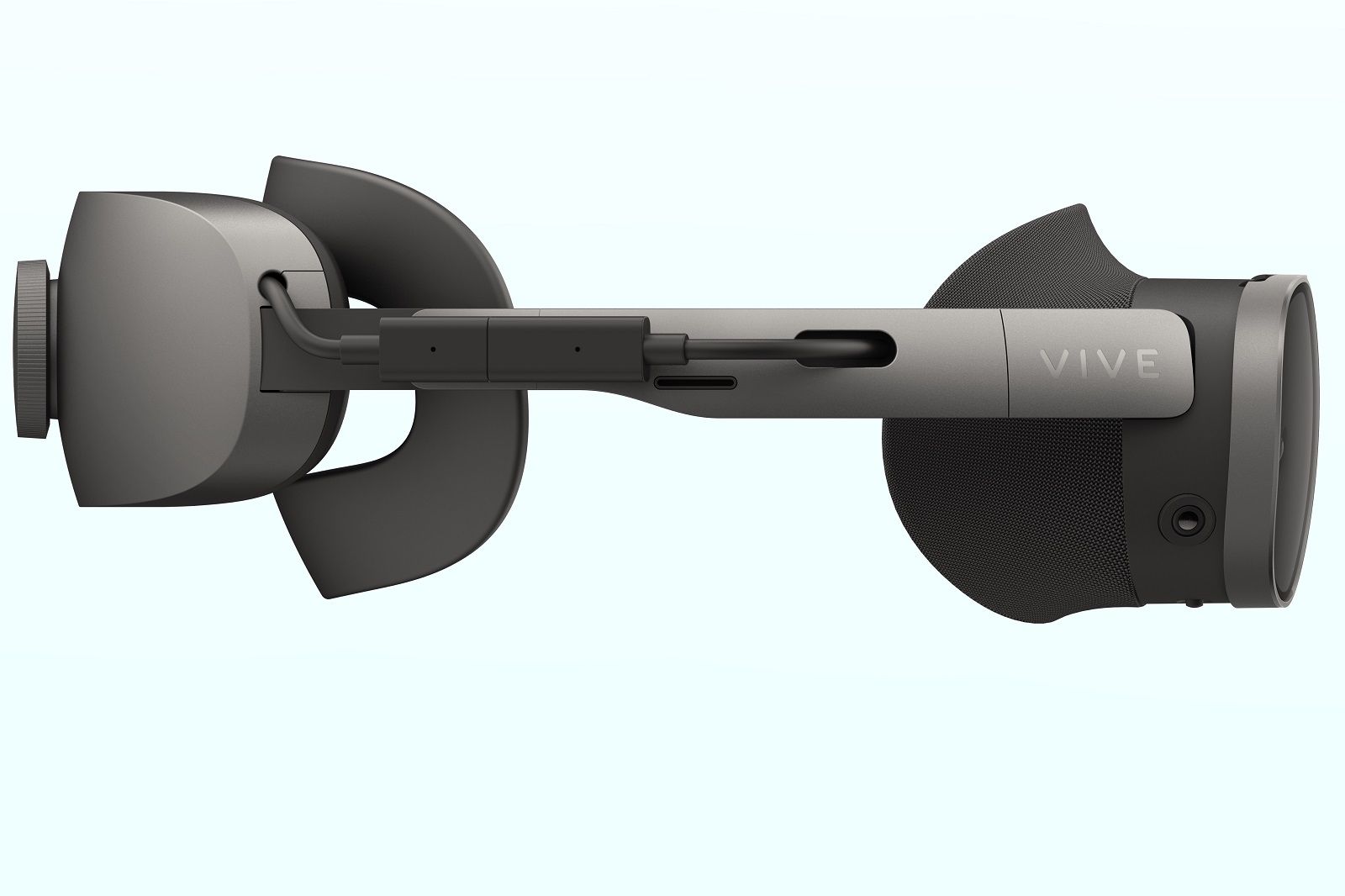HTC is constantly evolving its line-up of virtual reality headsets, with an expanding range that includes both enterprise-grade VR headsets and consumer-level devices too.
The company has been known for crafting some seriously high-end PC-tethered devices including the likes of the HTC Vive Pro 2, but at CES 2023 the company revealed the standalone Vive XR Elite.
Is this HTC finally creating a competitor to the Meta Quest 2? Read on to find out everything you need to know.
What is the Vive XR Elite?
The HTC Vive XR Elite is a standalone, all-in-one virtual reality headset that's seemingly designed to do it all.
Under the hood, it has a Qualcomm Snapdragon XR2 processor - the same platform used by both the Meta Quest 2 and Pico 4. But like those other headsets, it's also PC tetherable so you can access a mass of PCVR content via Steam or HTC Viveport. You can also stream content to the headset from your Android smartphone. So it's pretty versatile.
That versatility also shows itself in other ways though, because the Vive XR Elite isn't just for virtual reality. This headset is built for both VR and MR, with extended reality in mind.
In other words, it's not just for gaming but for privately watching content, social experiences, productivity uses and much more.
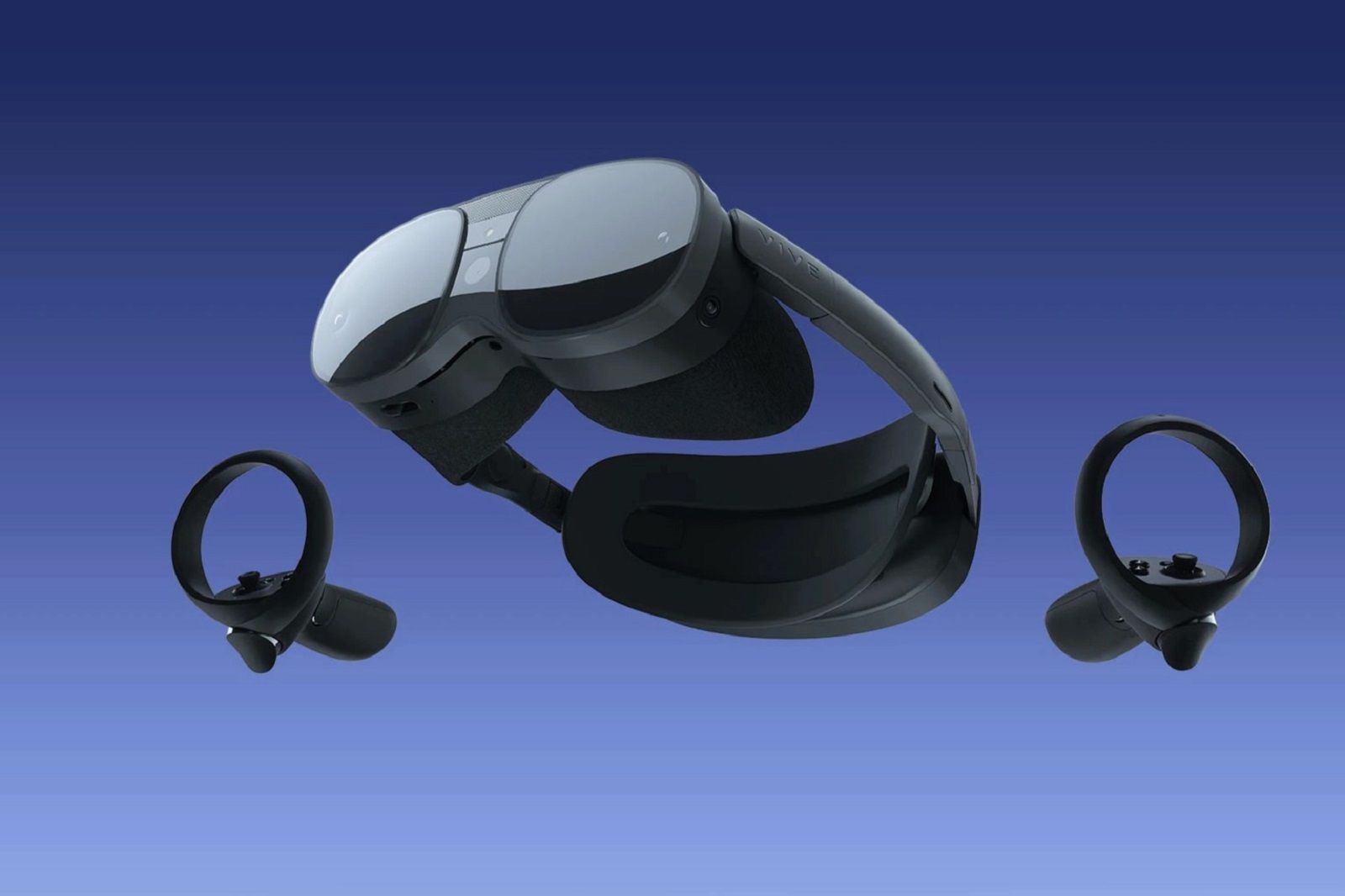
HTC Vive XR Elite
The next-gen headset from HTC offers a versatile design, able to be standalone or connected, with a hot-swappable battery. It's nice and light, while the front RGB camera offer a great passthrough experience to support its XR skills. It's expensive, however, so much will depend on the pipeline of content for this headset.
As a standalone headset, the HTC Vive XR Elite is built to be portable and convenient. HTC says it's superlight and comfortable, as well as being cleverly balanced with the battery at the back providing a counterweight to it.
Unlike other VR headsets, this one also doesn't have the usual head strap on top. So it will fit a wider range of users and a variety of hairstyles too. No more having your hair messed up by your time in VR.
The battery at the back of the headset is curved for your comfort, but this design is interesting in other ways as well. It can be hot-swapped, so you can keep on using the headset by just swapping the battery for one that's been charging.
HTC says you'll get about two hours of use per battery, though more time can be achieved by streaming PCVR content as that's less intensive on the headset itself. It also has a 30-watt fast charging capability via USB-C charging.
Modular and upgradable design
The HTC Vive XR Elite is designed to be customisable in some useful ways. One of these is the option to remove the battery entirely and then connect extra arms which you can then plug in USB-C power instead. Meaning you can use it with a power pack and use it in more places.
These arms extend around your head and grip it in a comfortable way so there's less pressure on the front of your face. In this mode, you can use the Vive XR Elite in similar ways to the Vive Flow.
In this setup, it can then also be transported in a similar carry case to the Vive Flow as well. But this means that the Vive XR Elite can be used to watch shows on Netflix or have a more personal viewing experience anywhere you like.
The headset is also modular in some ways. HTC says there's an expanding accessory ecosystem for the Vive XR Elite that will be available throughout the year. This includes optional upgrades for the headset that includes eye and face tracking modules. These aren't included as standard, meaning you don't need to worry about your privacy, but you have the option to upgrade if you want.
Vive XR Elite display
Naturally, the most important part of a VR headset is the display.
The HTC Vive XR Elite is set to not disappoint, with a 4K LCD screen (2K x 2K per eye), with 1200ppi and 90Hz refresh rate. HTC says it has minimised the screen door effect and this headset has a 110-degree field of view. So on paper, the specs are certainly interesting.
One of the most interesting features might be the Integrated Diopters though. If you're a spectacles wearer, then you'll be pleased to read that you can adjust the settings so you don't need to wear your glasses in order to see in VR. The Diopters can be manually adjusted so you can get a crisp image without issue and it'll even work with astigmatism.
Additionally, there's a manually adjustable IPD slider and built-in sensor so you can make sure you've got the perfect setup for your eyes.
Same controllers as Vive Focus 3
HTC is taking an "if it isn't broke don't fix it" mentality to the controllers of the Vive XR Elite. It uses the same controllers as the Vive Focus which is no bad thing as these controllers are well-balanced and designed to fit comfortably in the hand with ergonomic button placement and touch sensors too.
The Vive XR Elite has four wide tracking field of view cameras along with a depth sensor and RGB camera on the front, so you've got a good mix of VR and MR cameras to account for whatever you're doing.
HTC says hand tracking can be added into apps and VR experiences, so there should be some user-friendly gesture-based controls like the Meta Quest 2.
HTC has built the Vive XR Elite to be convenient in multiple ways. The cameras on the headset include passthrough cameras that are said to be good enough to see the text on your phone while still wearing the headset. Gone are the days when you'd have to struggle with the headset and cables to wrestle it off and see the world around you.
What are the specs of the Vive XR Elite?
The specs of the Vive XR Elite headset are officially listed as:
- 1920 x 1920 pixels per eye (3840 x1920 pixels combined) resolution display, 90Hz refresh rate, 110-degree field of view
- IPD range of 54 to 73mm
- 6 DoF Inside-out Tracking with four tracking cameras, 16 MP RGB camera, depth sensor, G-sensor, Gyroscope and Proximity sensor
- 10x10m play space recommended
- Built-in Qualcomm Snapdragon XR2 processor
- 128 GB internal stores and 12 GB RAM
- Bluetooth 5.2 + BLE and Wi-FI 6E connectivity
Vive XR Elite release
The HTC Vive XR Elite is available to pre-order today and will start shipping in February 2023.
The headset is packaged with the headset, two controllers and a battery cradle and retails for the following:
- US $1,099 exc. VAT
- UK £1,299 inc. VAT
- DE/FR €1,399 inc. VAT
- NO 15,499 NOK
- SWE 16,299 SEK
- DK 11,099 DKK
- A$ 2,099 inc. GST
- NZ$ 2,299 inc. GST

